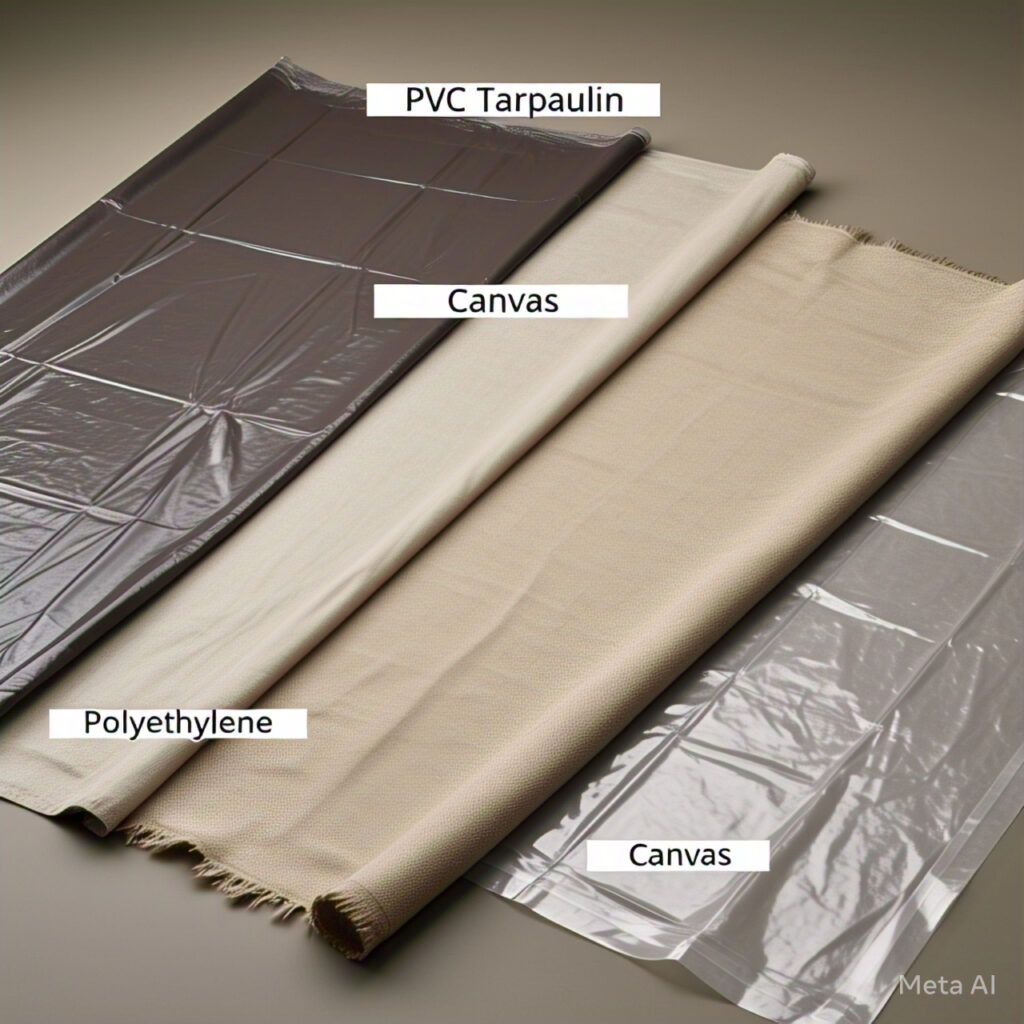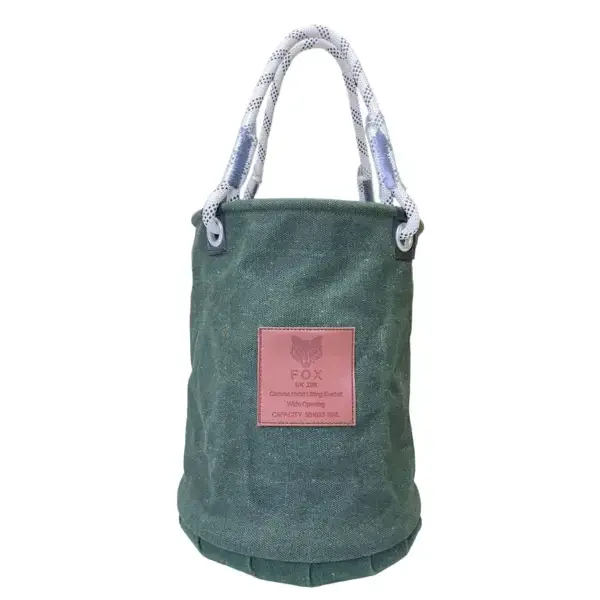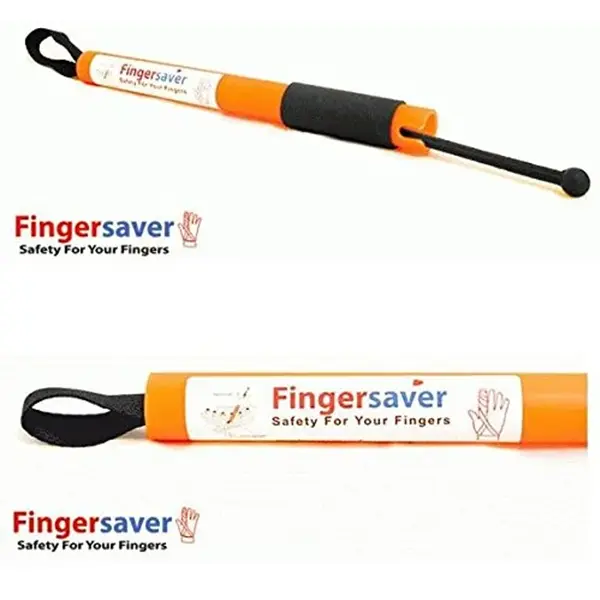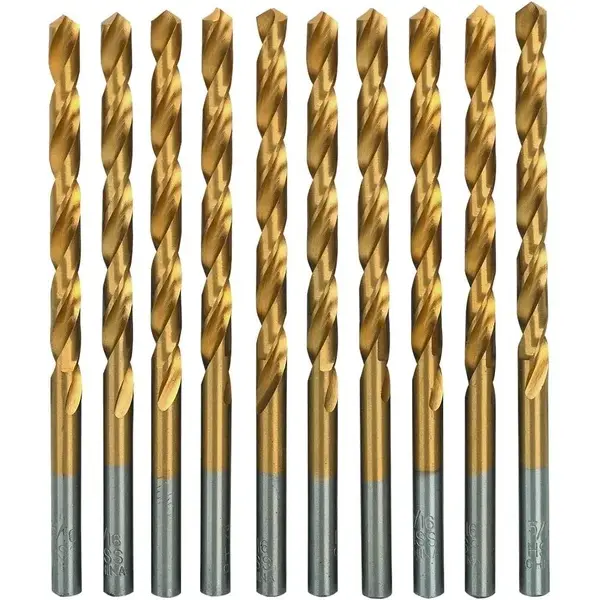When it comes to choosing the right cover material, selecting the best option for durability, cost, and weather resistance is crucial. Whether for industrial, commercial, or personal use, the debate between PVC tarpaulin vs. other cover materials like canvas and polyethylene remains relevant. At Cactus GGT, we offer premium-quality PVC tarpaulin solutions in Abu Dhabi, UAE, ensuring you get the most reliable protection for your needs.
In this guide, we will provide a comparative guide to tarp materials, covering the pros and cons of PVC tarpaulins, canvas tarpaulins advantages, and polyethylene tarpaulins benefits. Let’s explore which material is best suited for different applications.
Understanding the Three Major Cover Materials
1. PVC Tarpaulin
PVC (Polyvinyl Chloride) tarpaulins are known for their exceptional durability, waterproofing, and UV resistance. This material is widely used in construction, transportation, agriculture, and industrial applications where heavy-duty protection is required.
Key Advantages:
- High durability – Ideal for long-term use in harsh conditions.
- Waterproof and UV-resistant – Perfect for extreme Abu Dhabi weather.
- Flame retardant and chemical-resistant – Ideal for industrial applications.
- Customizable thickness and weight – Available in various specifications.
2. Canvas Tarpaulin
Canvas tarps are made from woven cotton or polyester fabric. They are commonly used for breathable covering solutions, making them ideal for construction sites, painting jobs, and transport protection.
Canvas Tarpaulins Advantages:
- Breathable material – Reduces condensation build-up.
- Eco-friendly – Made from natural fibers.
- Tear-resistant – Stronger than polyethylene in certain applications.
- Good for short-term coverage – Not suitable for prolonged outdoor exposure.
3. Polyethylene (PE) Tarpaulin
Polyethylene tarps are made from woven plastic sheets coated with polyethylene, offering a lightweight and cost-effective covering solution. They are widely used for temporary shelters, covering materials, and outdoor event protection.
Polyethylene Tarpaulins Benefits:
- Affordable and lightweight – Budget-friendly option.
- Waterproof and easy to handle – Ideal for quick installations.
- Best for temporary use – Not as durable as PVC or canvas.
- UV-resistant options available – Suitable for short-term outdoor use.
PVC Tarpaulin vs. Canvas: Which One is Better?
The PVC tarpaulin vs. canvas debate is essential for users looking for long-term protection.
Durability of PVC vs. Canvas Tarps
PVC tarpaulin outperforms canvas in terms of strength, waterproofing, and longevity. While canvas tarps offer breathability, they are prone to mold and mildew when exposed to moisture.
| Feature | PVC Tarpaulin | Canvas Tarpaulin |
|---|---|---|
| Durability | High | Moderate |
| Waterproof | 100% | Water-resistant |
| UV Resistance | High | Low |
| Maintenance | Easy | Requires frequent care |
| Longevity | 5+ years | 1-3 years |
Best Applications for PVC and Canvas
- PVC Tarpaulin: Best for truck covers, industrial storage, outdoor shelters, and heavy-duty protection.
- Canvas Tarpaulin: Suitable for painting protection, furniture covering, and breathable applications.
PVC Tarpaulin vs. Polyethylene: Which Offers Better Protection?
Polyethylene and PVC are both synthetic materials, but their strength and longevity differ significantly.
Canvas vs. Polyethylene Tarps: Strength and Usability
While polyethylene is lightweight and cost-effective, PVC tarpaulin is far superior in terms of durability and weather resistance.
| Feature | PVC Tarpaulin | Polyethylene Tarpaulin |
| Durability | Very High | Moderate |
| UV Resistance | Excellent | Basic |
| Waterproof | 100% | 100% |
| Cost | Higher | Lower |
| Best Use | Long-term heavy-duty applications | Temporary covering solutions |
Best Applications for PVC and Polyethylene
- PVC Tarpaulin: Best for outdoor industrial covers, marine tarps, and high-stress environments.
- Polyethylene Tarpaulin: Suitable for temporary shelters, lightweight protection, and disposable coverings.
Cost Comparison: PVC, Canvas, and Polyethylene Tarps
One of the most important factors in choosing the right cover material is cost.
| Material | Price Range | Durability | Best Use |
| PVC Tarpaulin | Higher | 5+ years | Heavy-duty, long-term use |
| Canvas Tarpaulin | Moderate | 1-3 years | Breathable applications |
| Polyethylene Tarpaulin | Low | 6 months – 2 years | Temporary use |
While PVC tarpaulin costs more initially, it outlasts both canvas and polyethylene, making it the most cost-effective solution in the long run.
Weather Resistance of Different Tarp Materials in Abu Dhabi
In Abu Dhabi’s extreme climate, where high temperatures, UV exposure, and sandstorms are common, choosing a material with the best weather resistance is essential.
How Each Material Performs in Harsh Weather
- PVC Tarpaulin: Best for UV resistance, extreme heat, and waterproofing.
- Canvas Tarpaulin: Prone to mold and wear in prolonged outdoor exposure.
- Polyethylene Tarpaulin: Suitable for short-term use but degrades faster under UV rays.
If you are looking for the best tarpaulin material for outdoor use in Abu Dhabi, PVC tarpaulin is the top choice.
Final Verdict: Which Tarpaulin Material is Best?
After evaluating all three materials, PVC tarpaulin stands out as the most durable, weather-resistant, and cost-effective solution. While canvas and polyethylene have their uses, they are not as reliable for long-term outdoor applications.
Why Choose PVC Tarpaulin from Cactus GGT?
At Cactus GGT, we provide premium PVC tarpaulin solutions in Abu Dhabi designed to withstand harsh weather conditions while offering maximum durability and protection.
- High-quality, industrial-grade PVC tarpaulins
- Customizable sizes and thickness options
- Superior UV resistance and waterproof properties
- Long-lasting, cost-effective solutions
Visit cactusggt.com to explore our range of high-performance PVC tarpaulins today!




